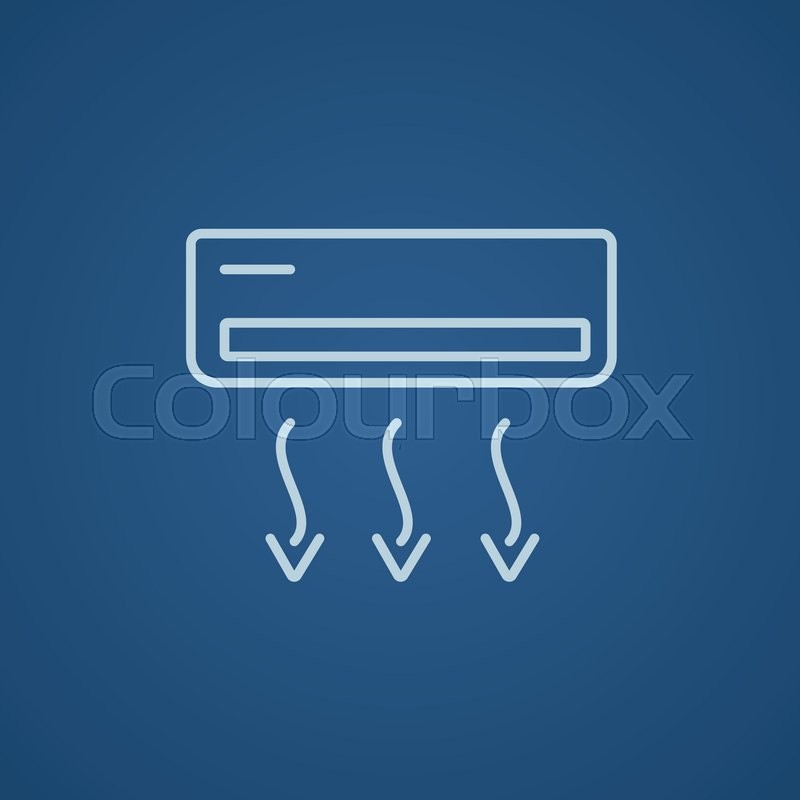Optimizing Convenience And Cost Savings - Tips For Optimizing Your Heatpump Efficiency
Optimizing Convenience And Cost Savings - Tips For Optimizing Your Heatpump Efficiency
Blog Article
Written By-Sutton Townsend
Whether you own a heat pump or have an existing boiler back up, there are a couple of things that can be done to maximize your system for effective operation. By adhering to these suggestions, you can optimize comfort and financial savings without stressing your system or acquiring power costs.
Changing your thermostat for efficiency is just one of the very first steps. Using zoning capacities to limit home heating of empty rooms is one more effective approach.
1. Establish Your Thermostat to the Right Temperature level
As the periods transform, stabilizing convenience and cost effectiveness can be an obstacle. The good news is, a couple of simple suggestions can help you lessen power intake and maximize financial savings.
Start by determining the most effective temperature level for your family, then set your thermostat accordingly. Stay clear of making big lift and down in the temperature setting, as this will trigger your heat pump to cycle on and off extra frequently, using up more power.
Rather, progressively reduced the temperature in the evening for a more comfortable sleeping atmosphere. Then, increase it somewhat in the early morning. Bear in mind to maintain air vents open and guided downward when home heating, and up when cooling to enhance flow.
2. Inspect Your Device Consistently
A heat pump system calls for very little maintenance, however it is essential to check the system regularly to capture any kind of troubles prior to they become severe. Clean indoor filters on a timetable set by the maker or when they're noticeably unclean, and see to it outdoor devices contend the very least 2 feet of clearance to enable air flow.
Evaluating the device will likewise include cleaning, tightening up electrical terminals, and running performance tests to guarantee accuracy throughout home heating and cooling modes. It's advised to have a specialist service the heat pump two times a year. Executing these regular services can make the most of energy financial savings and extend the life of the device.
3. Clear Snow and Ice Around the Unit
Heat pumps are made to run outdoors and require to be devoid of snow and ice in order to distribute air. If your heat pump is obstructed by snow and can not pull in air, it will certainly toggle between cooling and heating and may strain.
It is essential to clear a two-foot clearance around your exterior device in order to boost air movement and avoid ice buildup. Heatpump commonly enter a defrost mode in the winter months to melt ice and snow but this process can be problematic if your system is blocked by too much snow. This will reduce your energy efficiency and cause costly repair costs in the future.
4. Inspect the Cooling Agent Levels
A heatpump makes use of refrigerant to cool your home in summertime and warm it in winter months. You can aid maximize its performance by frequently checking the refrigerant levels.
It takes much more power to change the temperature level of your heatpump from a comfortable setting to a chillier one than it does to maintain that temperature. Altering the temperature level for brief time periods can also lose energy.
Leaking ducts and filthy air filters can lead to uneven temperature levels. They can also make your heatpump much less efficient and set you back more to run. An expert can locate and repair these issues to enhance your heat pump's performance.
5. Maximize Your Zoning Capabilities
Utilizing the zoning capacities of a heatpump can assist to minimize power waste by heating up just occupied spaces. https://www.wfaa.com/article/news/local/some-residents-at-lancaster-apartment-complex-have-been-without-central-ac-for-four-weeks-as-temps-climb/287-e47b2a7d-2e4a-429e-8a99-520ff09be6e0 but likewise minimizes operating costs and prolongs the life of the system.
The Build Well balanced Areas tool makes use of a genetic algorithm to construct areas that satisfy required zone structure standards. These criteria consist of equivalent area, density, and equivalent variety of features.
In addition, by making use of clever thermostat technology to optimize the temperature level setups based upon tenancy patterns and organizing, you can even more enhance your heat pump's efficiency. Keeping a tidy air filter, making certain correct insulation and having your ductwork assessed for effectiveness can all add to enhanced energy financial savings also.
6. Shielding the Outdoor System
Property owners typically ask whether it's worthwhile to plant shade trees near their outdoor air conditioning system (A/C) device. The answer is generally yes, as shielding the AC device can help reduce heat from the sun, which consequently aids it cool down a lot more efficiently.
However, it is necessary to keep in mind that shading the air conditioner device doesn't necessarily reduce power usage. As explained in the Conversation area of the FSEC record, the temperature of the bordering air has a bigger impact on cooling down effectiveness than does the volume of air drew in by the a/c unit.
If your air conditioning compressor gets on the south side of your house, consider growing high, deciduous trees with large, spread-out covers. These can give adequate color within one year.